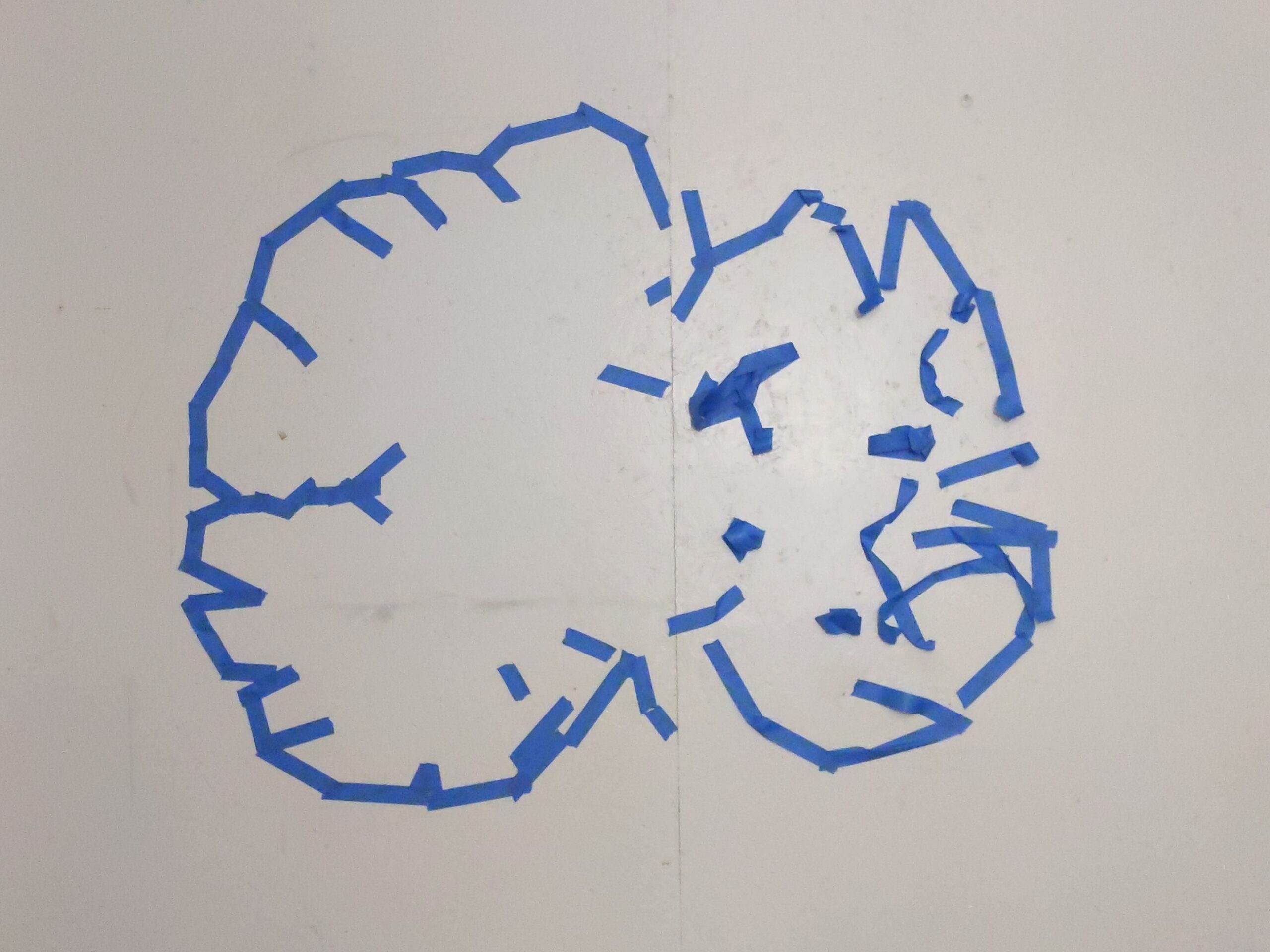
‘Explain how neurons carry an electrical charge’
The human brain is exceedingly complex and unique in function. Preceding this fact, we know that the function of the entire Central Nervous System is underlied by a core procedure enacted by nervous tissues- that of individual neurons receiving and transmitting electrical signals- in order to process sensory information and generate cognitive behavior. In the case of Alzheimer’s disease- the most common form of dementia (1), the progressive loss of cognitive function- we may infer that the loss of brain function is directly tied to the physical condition of neuron tissues in the brain, and question what molecular and cellular effects relating to neuron function such a disease will produce in order to better understand the fundamental process of neuron communication.
Alzheimer’s disease is characterized by a decline in cognitive ability over time, beginning with mild memory loss, progressing into pattern confusion, forgetfulness, and behavioral changes such as increased irritability, agitation, tendency to repeat questions and to wander to the point of getting lost (2). The National Health Service identifies a primary potential cause for Alzheimer’s disease, found in the abnormal buildup of proteins in and around brain cells- most prominently amyloid β-peptide (Aβ) and tau proteins (3). These buildups form plaques and tangles in and around brain cells, and at some point individual brain cells become damaged, lose their connections to other neurons and die. This process typically afflicts parts of the brain responsible for memories, and its progression eventually correlates with shrinkage and structural changes to relevant regions of the brain. It is also during this process that a decrease in the presence of chemical messengers- neurotransmitters- between afflicted neurons is observed, likely to be the primary factor in loss of cognitive ability.
Alzheimer’s disease presents multiple different pathologies to be analyzed in our case, all of which directly impact the neuronal network of the brain and the individual neuron’s ability to function, leading to cognitive decline. In a piecewise manner, we can describe the effects of each pathology on a single neuron cell and its ability to function- to our prior goal of better understanding neuron communication.
The buildup of Aβ proteins which form a plaque around brain cells is known to be highly correlative with the presence of Alzheimer’s disease. Exploring this pathology and its determinant contributions to cognitive decline however, little is known of any conclusively inhibitory factors brought on by the plaque formations themselves, but rather the presence of Aβ proteins in the form of fibrils which “have been shown to have an inhibitory influence on synaptic transmission and can reduce the number of synapses in experimental models” (Gleichmann & Mattson, 2010).
The National Institute on Aging describes the affliction of tau protein buildup upon individual neurons as exacerbated by chemical changes brought on by Alzheimer’s disease, saying “[Chemical changes result in tau proteins] forming threads that eventually join to form tangles inside neurons. These tangles block the neuron’s transport system, which harms the synaptic communication between neurons” (4).
Aβ proteins do indeed play a role in neuronal cell death, and the eventual atrophying of certain brain regions due to loss of brain volume, as expanded upon in a 2006 study detailing the toxic nature of Aβ and its increased presence in Alzheimer’s disease (Niikura et al., 2006). According to this study, the toxicity factors contributed by Aβ proteins relating to neuronal cell death are: Increase of intracellular Ca2+ level, oxidative stress, and receptor-mediated activation of cell-death cascades.
1 https://www.cdc.gov/aging/aginginfo/alzheimers.htm
2 https://www.mayoclinic.org/diseases-conditions/alzheimers-disease/symptoms-causes/syc-20350447
3 https://www.nhs.uk/conditions/alzheimers-disease/causes/
4 https://www.nia.nih.gov/health/alzheimers-causes-and-risk-factors/what-happens-brain-alzheimers-disease
Gleichmann M, Mattson MP. Alzheimer’s disease and neuronal network activity. Neuromolecular Med. 2010 Mar;12(1):44-7. doi: 10.1007/s12017-009-8100-3. Epub 2009 Nov 3. PMID: 19885650; PMCID: PMC2833229.
Niikura T, Tajima H, Kita Y. Neuronal cell death in Alzheimer’s disease and a neuroprotective factor, humanin. Curr Neuropharmacol. 2006 Apr;4(2):139-47. doi: 10.2174/157015906776359577. PMID: 18615127; PMCID: PMC2430668.
